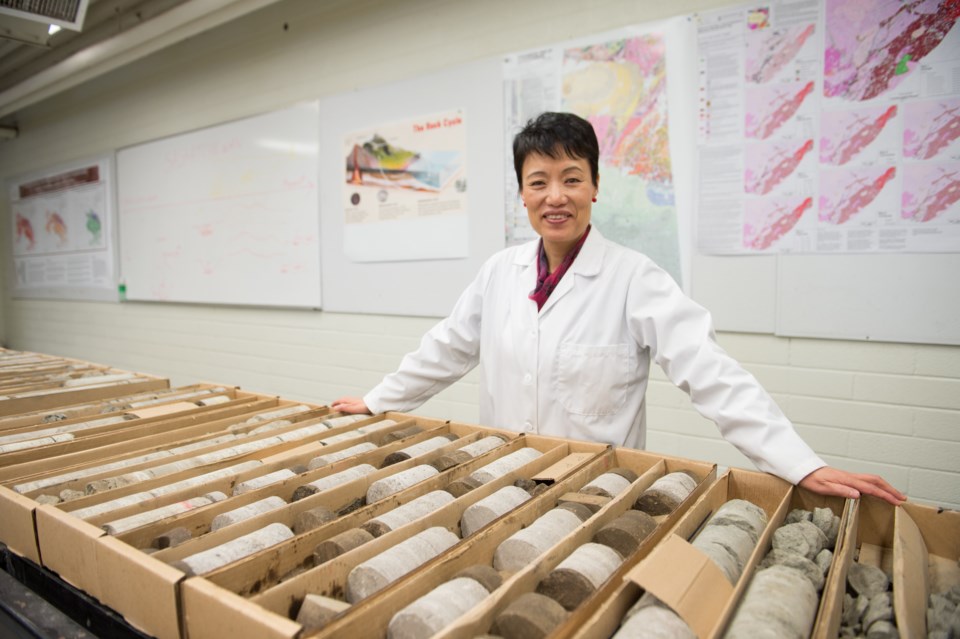Regina– Just how much unconventional oil is in the Saskatchewan Bakken? That’s a question many people would like to know. This spring saw the release of two studies that looked into just that.
The first was prepared for the National Energy Board (NEB), titled The Ultimate Potential for Unconventional Petroleum in the Bakken Formation of Saskatchewan. The second was done by the Geological Survey of Canada (GSC), called An Assessment of Oil and Gas Resources in the Devonian-Mississippian Lower Middle Bakken Member, Southeastern Saskatchewan. Both were released in 2015 Williston Basin Petroleum Conference. The NEB final report was released last April and the GSC final report was released in this April.
The NEB report looked at the entire Middle Bakken formation, which includes Units A and C. Most Bakken oil production is done from the lowest unit, Unit A. The GSC study focused on just Unit A, and excluded the Unit C. Both studies looked just at southeast Saskatchewan.
Chao Yang, a senior research geologist with the Saskatchewan Ministry of Economy and the Saskatchewan Geological Survey, was one of the authors on both studies. Pipeline News spoke to her on April 14.
So how much oil is there in the Saskatchewan Bakken? The NEB study, using a recover factor of 6.9 per cent for Unit A and 6 per cent for Unit C, estimated 1.4 billion barrels of marketable oil, and an additional 2.9 trillion cubic feet (Tcf) of marketable associated gas.
This was based on a recovery factor of 6 to 9 per cent for Unit A and 6 per cent for Unit C. While some companies are reporting recovery factors into the 20+ per cent range, the most likely recovery factors were used for basin-wide estimation.Only the GSC report used production declined curve to estimate recovery factor.
Yang said their 1.4 billion barrel estimate is risk-adjusted from a staggering number of 70 billion barrels of the initial oil in place. The NEB study used risk factors of 1, 0.8, 0.2 for Viewfield, border and transition areas of Unit A, but 0.2, 0.8, 0.1 for theses area in Unit C.
Two years ago the United States Geological Survey released its estimate of oil of Bakken in Montana, North Dakota, and South Dakota. While Yang said they did not release estimated on their original oil in place, they did estimate 7.4 billion barrel of undiscovered technically recoverable oil in the Bakken and Three Forks. The World Shale Oil and Gas Assessment by EIA estimated Canada’s portion of the Middle Bakken member would be around 1.6 billion barrels of technically recoverable oil.
The GSC study number were relatively close to those in the NEB report. The assessment indicated the mean recoverable oil is 1.45 billion barrels, while the associated natural gas would be 1.33 Tcf. The mean of the estimated initial oil in-place is 16.6 billion barrels.
Bakken production in southeast Saskatchewan had risen from approximately 629 barrels per day in 2004 (mostly conventional) to approximately 62,900 barrels per day in 2014 (mostly unconventional).
This is the first assessment for Saskatchewan of the Bakken.
“I think this number is very close to what we think,” she said.



